How human-like is artificial intelligence? In this blog post, we explore the consciousness, awareness, and intelligence of AI.
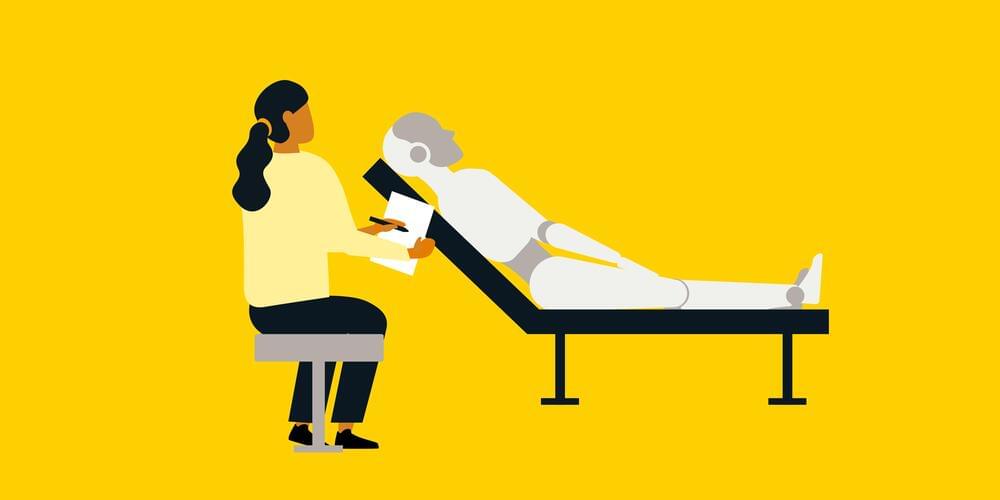

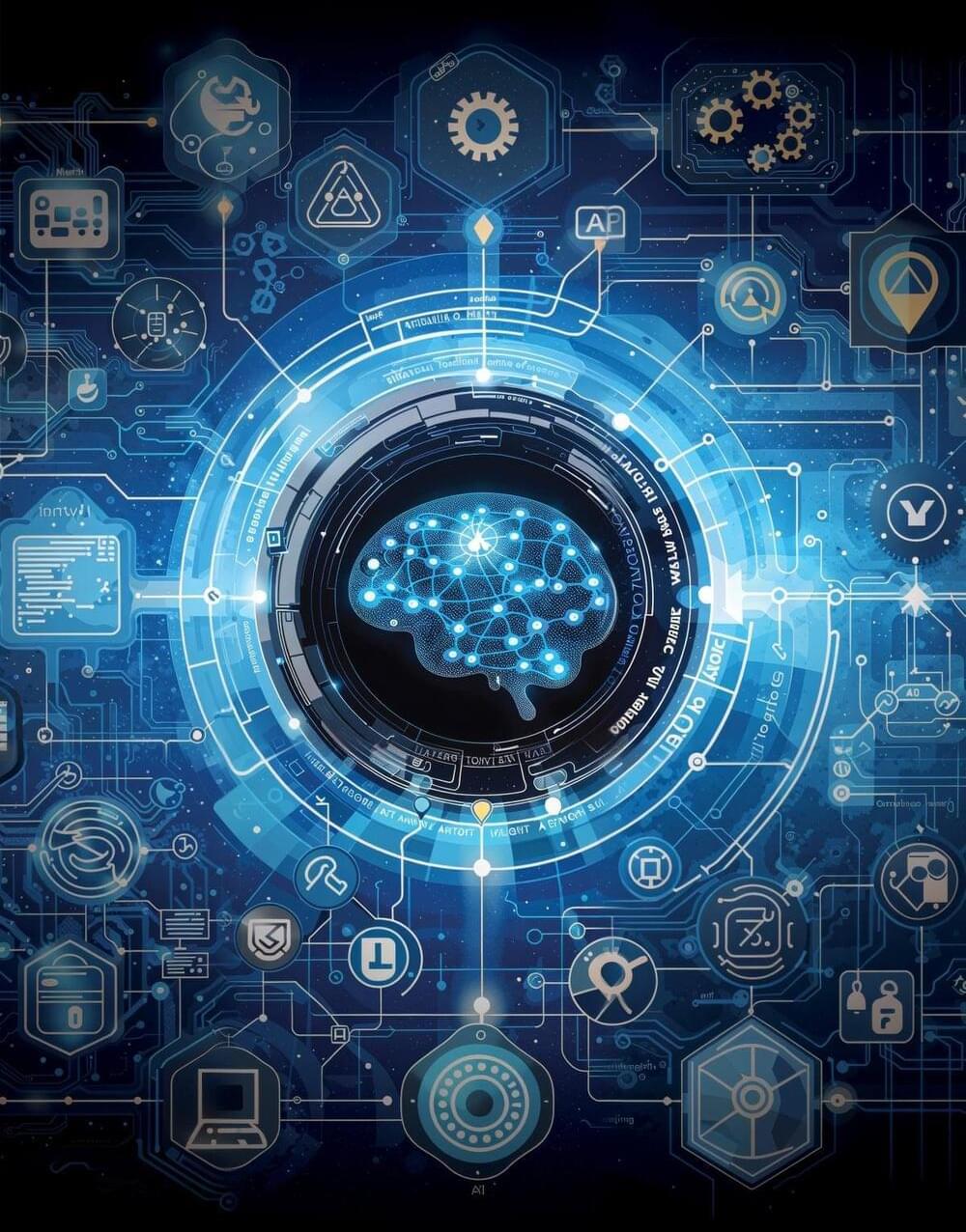
Designing machines to think like humans provides insight into intelligence itself.
The dream of artificial intelligence has never been just to make a grandmaster-beating chess engine or a chatbot that tries to break up a marriage. It has been to hold a mirror to our own intelligence, that we might understand ourselves better. Researchers seek not simply artificial intelligence but artificial general intelligence, or AGI—a system with humanlike adaptability and creativity.
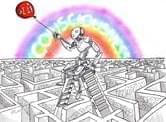
Building a conscious robot is a grand scientific and technological challenge. Debates about the possibility of conscious robots and the related positive outcomes and hazards for human beings are today no more confined to philosophical circles. Robot consciousness is a research field aimed to a unified view of approaches as cognitive robotics, epigenetic and affective robotics, situated and embodied robotics, developmental robotics, anticipatory systems, biomimetic robotics. Scholars agree that a conscious robot would completely change the current views on technology: it would not be an “intelligent companion” but a complete novel kind of artifact. Notably, many neuroscientists involved in the study of consciousness do not exclude this possibility. Moreover, facing the problem of consciousness in robots may be a major move on the study of consciousness in humans and animals.
Join us on Patreon! https://www.patreon.com/MichaelLustgartenPhDDiscount Links: NAD+ Quantification: https://www.jinfiniti.com/intracellular-nad-test/Use Cod…
If you want to see more of my work like this, your support on Patreon is so so important https://www.patreon.com/hellofutureme thank you if you already do!FR…
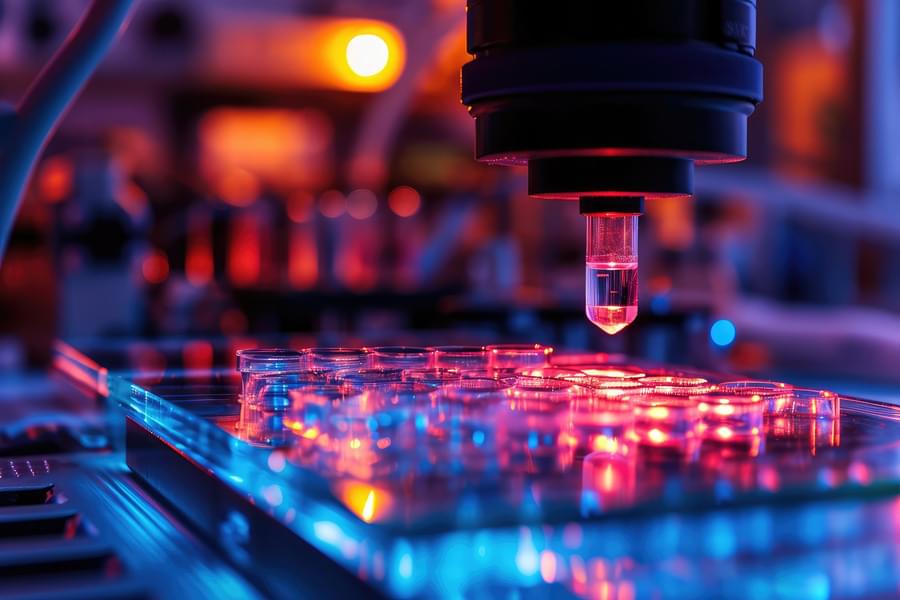
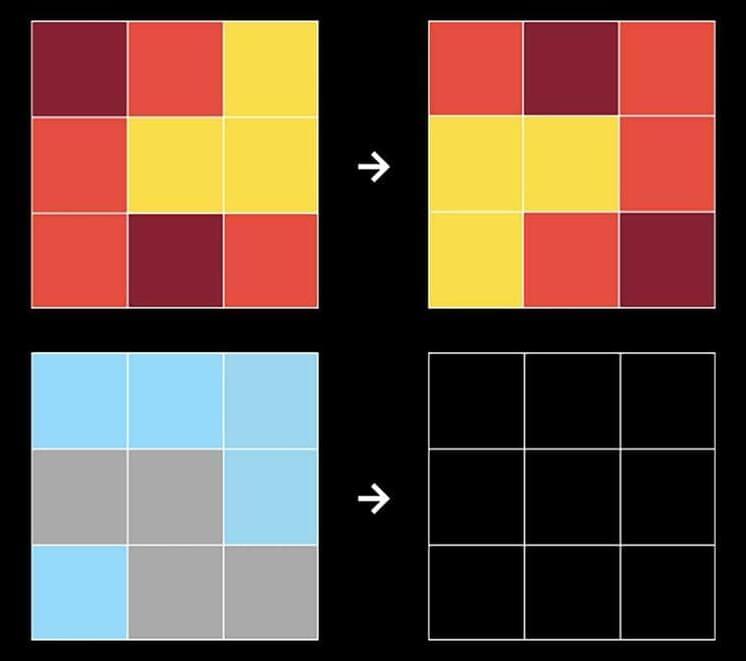
Deducing the correct pattern that links pairs of coloured grids is relatively easy for most people, but relies on skills that artificial intelligence models lack. A new $1 million prize hopes to encourage the development of an AI that can solve such puzzles.
By Alex Wilkins
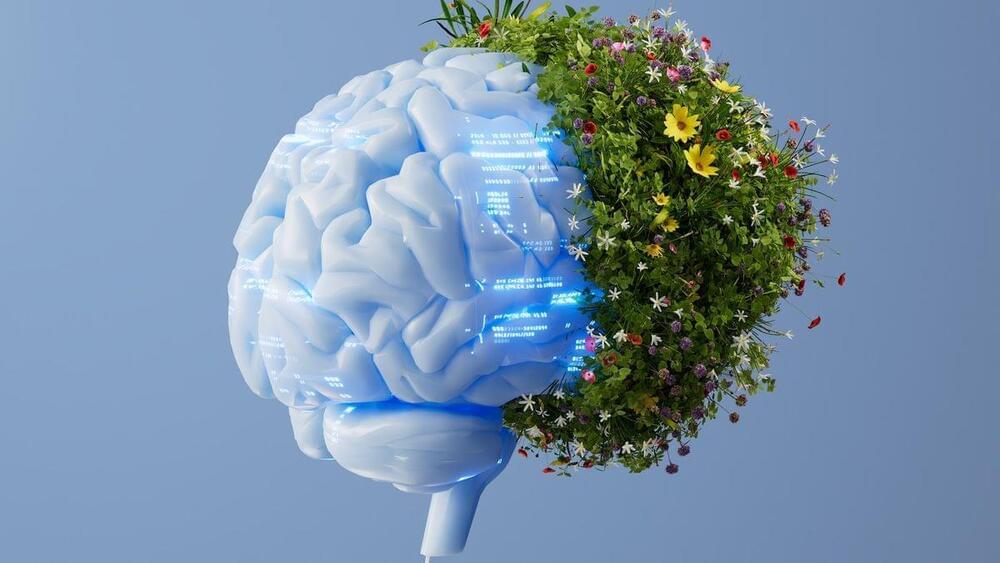
Scientists are using artificial intelligence (AI) to identify new animal species. But can we trust the results?
For now, scientists are using AI just to flag potentially new species; highly specialized biologists still need to formally describe those species and decide where they fit on the evolutionary tree. AI is also only as good as the data we train it on, and at the moment, there are massive gaps in our understanding of Earth’s wildlife.
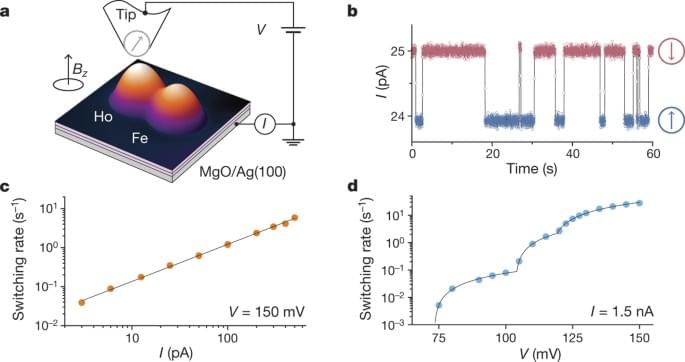
In this episode of the 5th Industrial Revolution VODcast we sit down with Dr. Jordan Okie of Arizona State University School of Earth and Space Exploration to discuss a key relevancy to the next industrial revolution, sustainability, through the lens of Dr. Okie’s area of expertise: Ecology and Biology. Our key takeaways: We are in a race against time and extinction. We will need to find a way to evolve through technology to survive, be it here on Earth or in our exploration of Space.